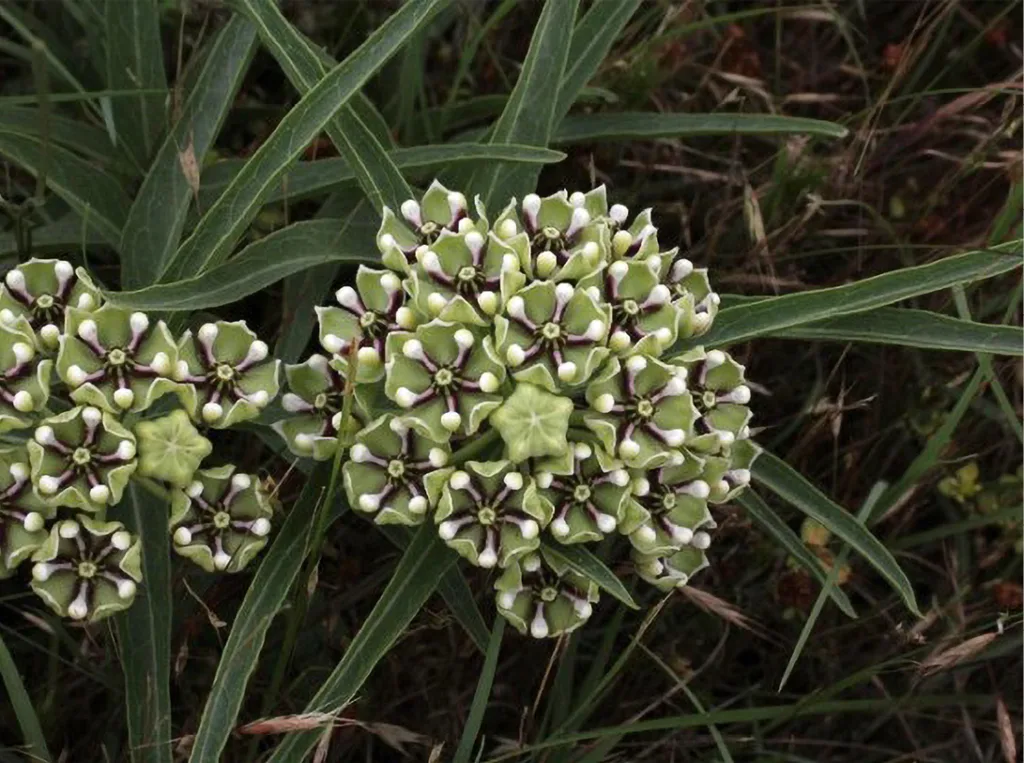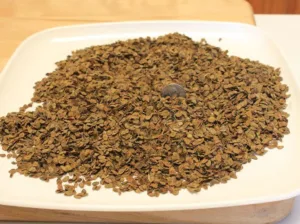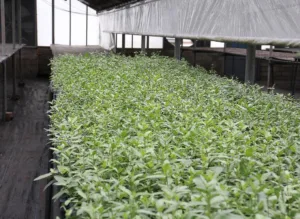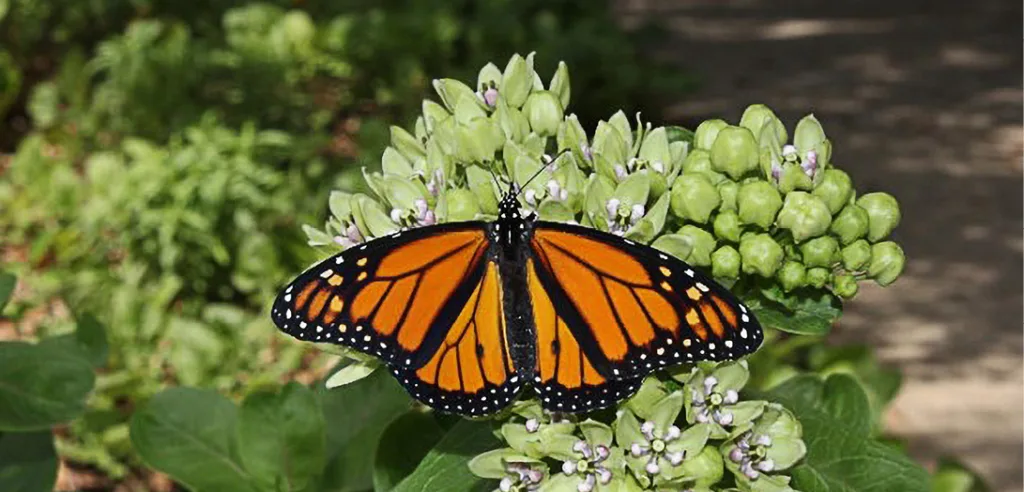By Carol Clark, Collin County Chapter

Being an advocate for native plants has its disappointments—pristine prairie remnants getting plowed up for housing developments (or worse, another strip mall!), oppositional Home Owners’ Association (HOA) managers, willfully ignorant invasive plant advocates, nursery closures, and more. But occasionally, there’s a “win,” and I think we need to celebrate all of those to keep our sanity.
A “win” I’m very excited about is the fact that after a long period, where demand far exceeded the supply, the supply of native milkweeds at your local nursery should be increasing soon! That’s a huge win for everyone who is trying to avoid Tropical Milkweed (Asclepias curassavica) but can’t find native milkweeds to buy. Gardeners want milkweeds for their benefits to Monarchs and other pollinators, and they want native milkweeds to avoid the many problems that may be associated with Tropical Milkweed (Asclepias curassavica).
If so, many people are ready and willing to buy native milkweeds, why has it been so hard to find them at the nursery? Businesses who have the facilities to grow on a large scale first had to be convinced there was sufficient demand for them. They also had to solve the technical problems of getting them to grow robustly in just the right conditions, which aren’t necessarily the same conditions their other plants prefer.

No business can afford to grow plants people don’t want to buy, and buyers won’t purchase plants that don’t look happy and healthy. Native milkweeds complicate the picture because of their tendency to go dormant several times a year when they are young. It costs growers time, space, labor, and money to experiment. Given that, is it any wonder they tend to stick with what they already know how to grow?
If you aren’t familiar with the retail nursery industry, you might be surprised at how many people handle the plants before they ever hit the sales floor at your retail nursery. Some businesses are start-to-finish operations, beginning with seeds or cuttings and selling their own finished plants to retail customers. It’s wonderful to support those dedicated growers, but many nurseries depend on other businesses that grow plants to various stages before passing them on to the next level.

In the first step of the process, “liner growers” plant from seeds, divisions, or cuttings and produce “plugs”, which are small starter plants with a young root system, in trays of multiple small cells that are sometimes called “flats” or “plug trays”. Liner operations are highly technical and involve expensive equipment to keep growing facilities at just the right temperature and humidity levels for plants to sprout and produce roots at maximum efficiency.
As with all businesses, time and space equate to money, so efficiency is necessary for them to turn a profit. Typically, a liner grower works with mind-bogglingly large numbers of plants and doesn’t fool around with small batches.
One grower recently told me he doesn’t grow anything if he doesn’t expect to sell at least 20,000 units of it. Their plants are normally bought wholesale in large quantities by other growers who up-pot the young plants and grow them to a marketable size in larger pots like quarts or gallons. Those larger pots of plants are then sold wholesale again to a retail nursery.
So, the plants you pick up from your local nursery have usually been tended by many hands before they reach yours, and a failure to understand their needs at any step of the process can result in dead plants and a loss of profits to the growers.
The good news is that there are now some liner growers in Texas who have tackled the technical issues and learned to grow healthy plug trays, and they’ll be supplying other nurseries with young milkweeds to grow out for sale. That means there may be native milkweeds of several species coming soon to a nursery near you!

If we can get this done for native milkweeds, we can get this done for other native plants, too. We need every member of the Society to help make it clear that there is a hearty demand for native plants. The next time you are at your local nursery, ask them where their native plant section is even if you already know darned well where it is, and especially if you know there isn’t one.
Don’t forget to look crestfallen if they say there isn’t one. Retail nursery staff need to hear often that shoppers are looking for responsibly grown native plants.
When you do find nice native plants at your local nursery, don’t forget to give that nursery a shout out on social media when you get home! Helping a nursery succeed when it takes a chance on native plants is part of a winning strategy to help demonstrate to growers that carrying native plants is a winning business proposition for their business, their customers, and the world.
Photos courtesy of Carol Clark. Carol can be reached at carol.clark@npsot.org.
Did you like this article? It’s from our Winter 2024 Texas Native Plants magazine. Read more here

